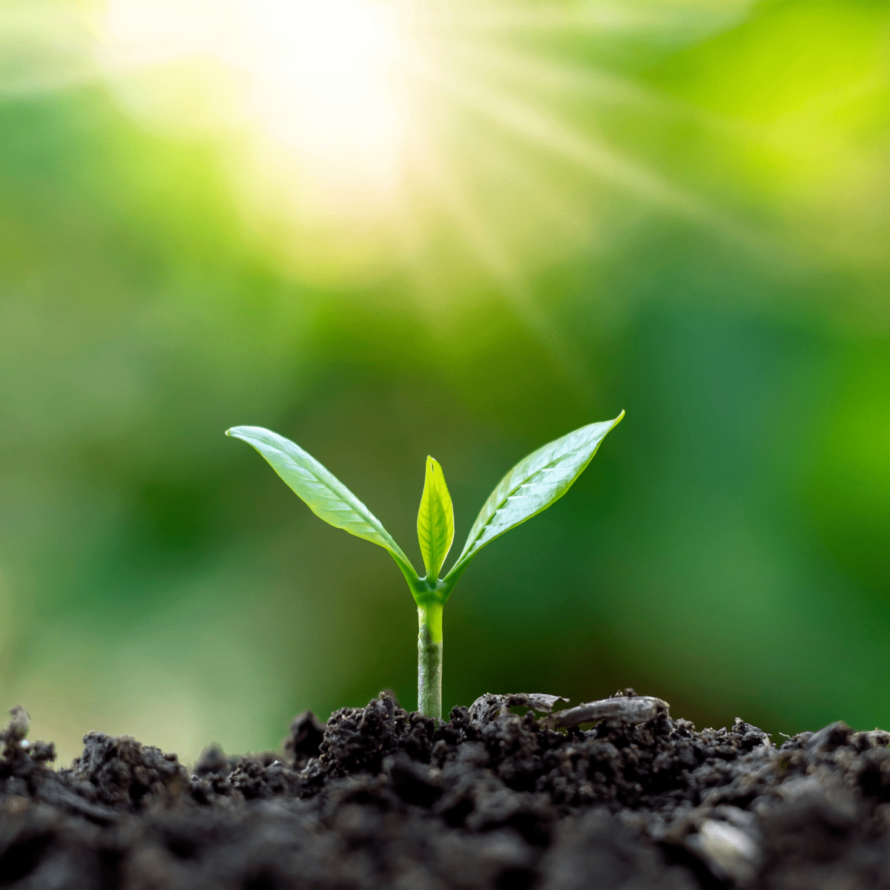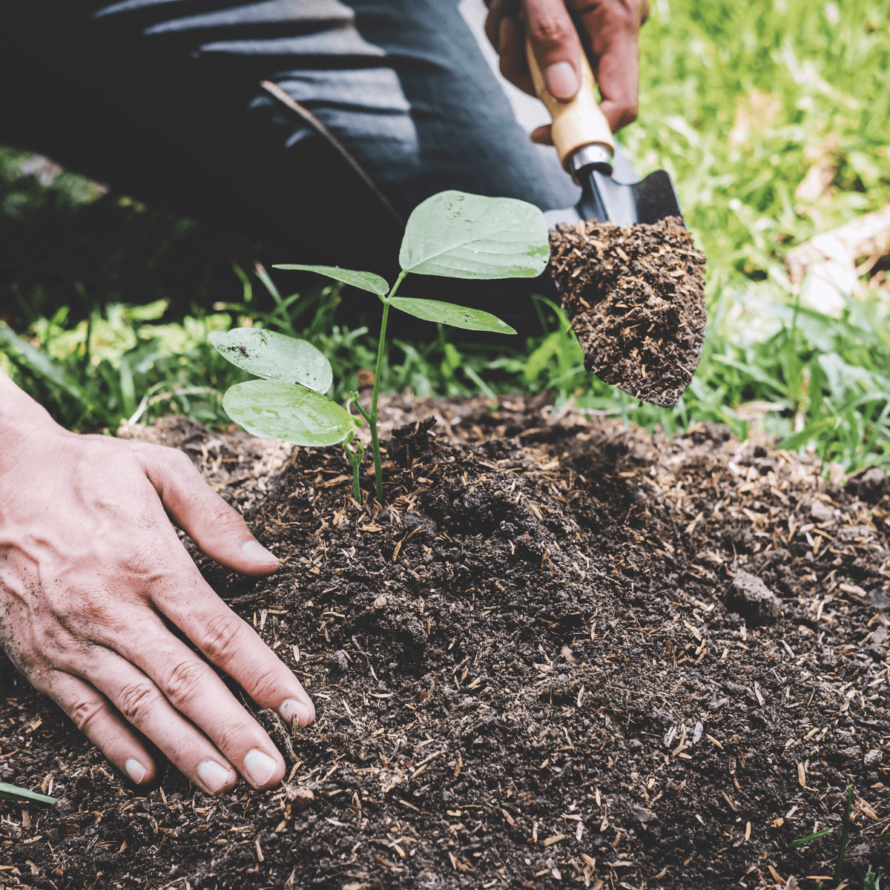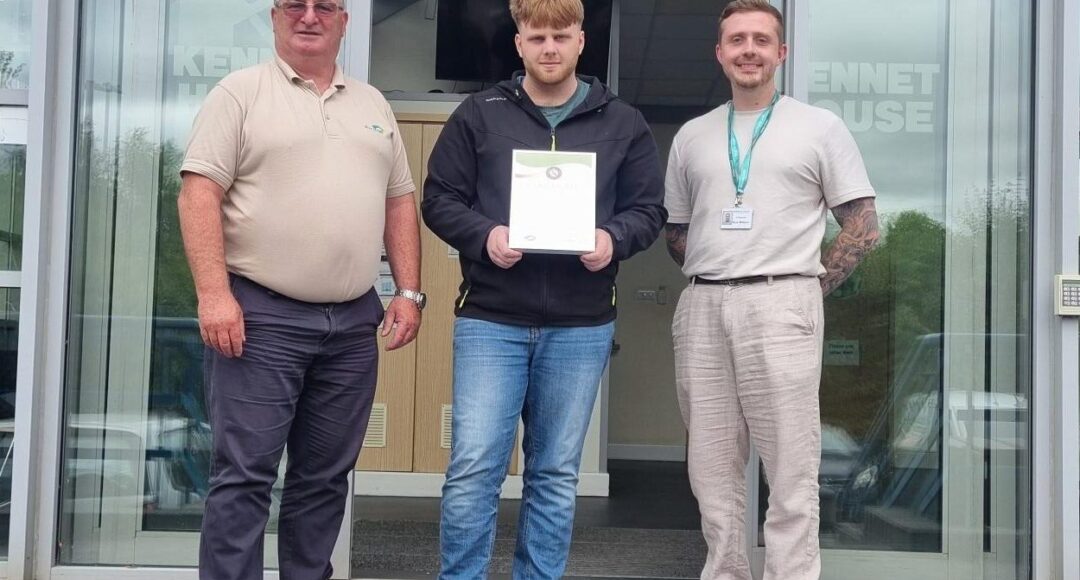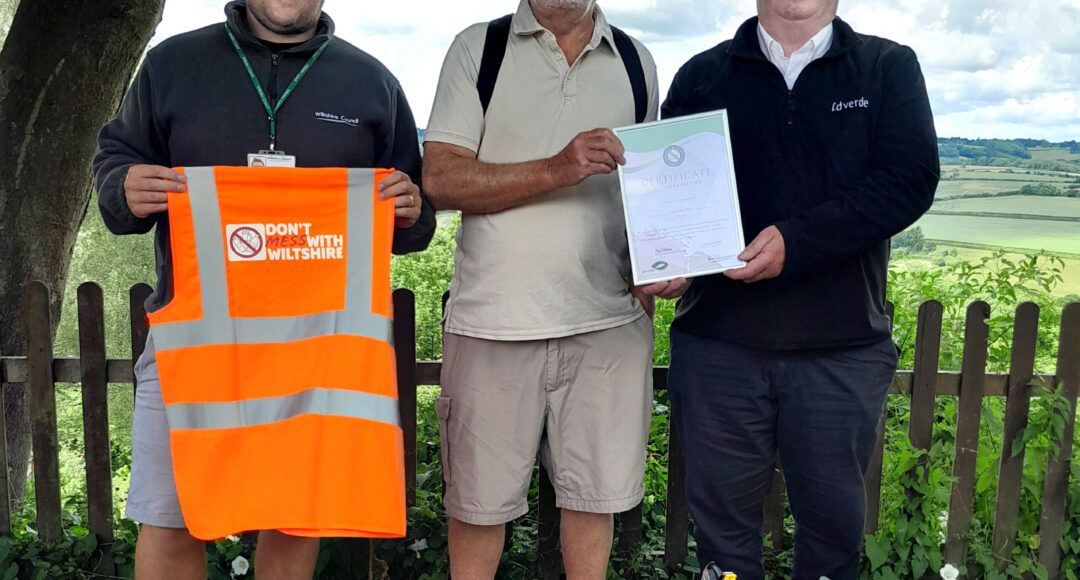Challenging traditional approaches
Grounds maintenance projects may present other challenges such as soil which is low in nutrients, too dry or with excess clay content. At this point, many of us still opt to create the conditions we desire, rather than working with the conditions we are faced with.
Of course, there is the option to ameliorate soils on site if unsuitable, to improve them and then re-use them in a scheme, thereby perhaps avoiding hundreds of heavy goods vehicle movements along with the associated emissions, pollution and noise.
But sometimes a better solution would be to question our traditional approach and apply the philosophy behind a familiar phrase in our industry – ‘right plant right place’. Harnessing this long-held wisdom, we can then apply our expert knowledge and experience to create a bespoke solution for any given site so that, where possible, we work with nature rather than against it.
Let us not forget that soils are literally the ‘rock’ upon which almost all terrestrial ecosystems are built. If we are to protect, restore and conserve biodiversity, we must make it a priority to care for our soils better – not just in our gardens, but in our towns and cities’ green spaces, and in the way we manage our land to produce the food we eat.




